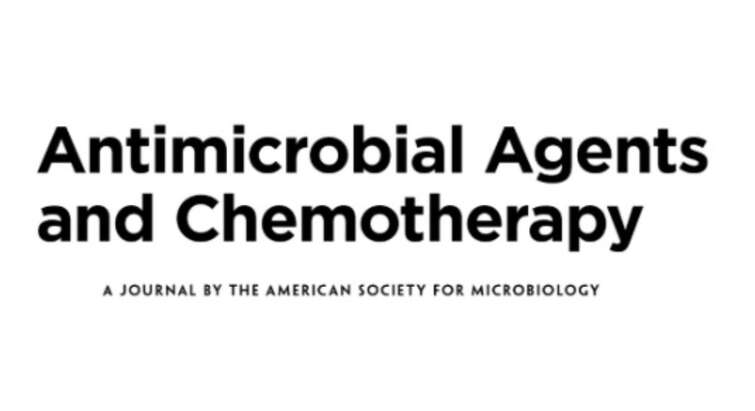News about Health
Viser 73 til 96 af 1429 dokumenter.

Do you eat like it’s summer all year? It could confuse your internal clock

RASOPTA Updates 2025
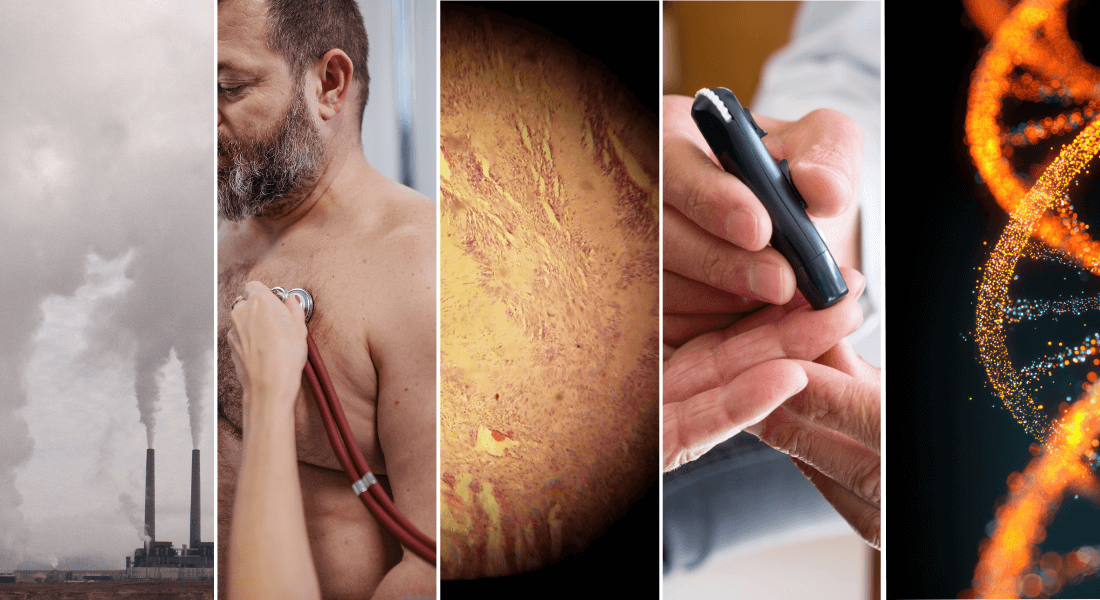
Independent Research Fund Denmark funds 27 research projects at SUND

1st PAIR Project Scientific Meeting

Kooiman F et al. Malar J 24: 354, 2025
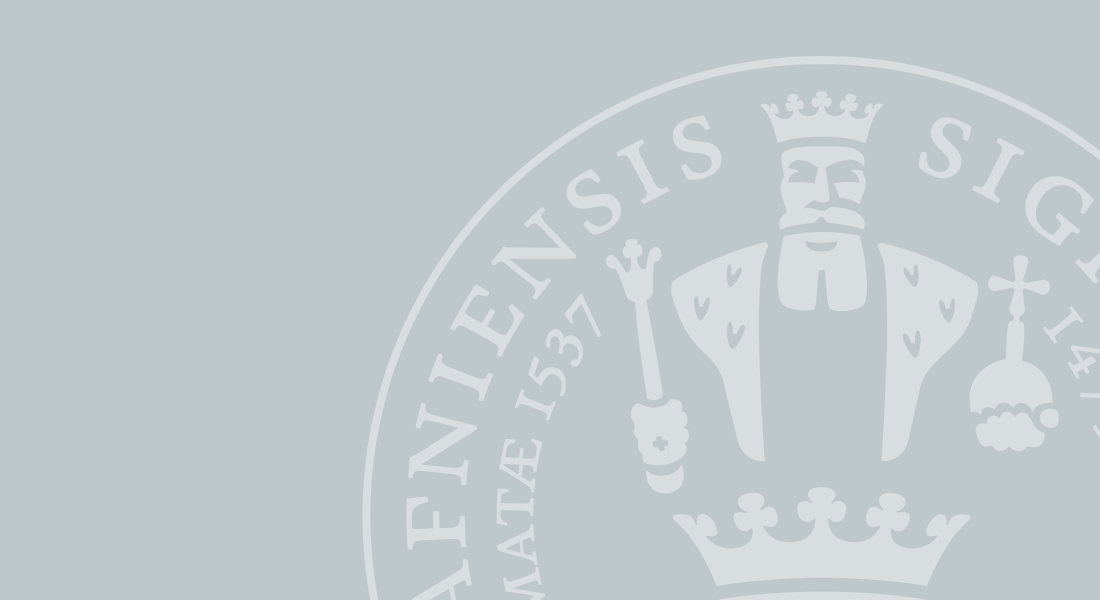
Lift Maintenance at ACF – Autumn 2025

Helt TW et al. Br J Nutr (in press)

New AI-platform to strengthen global pandemic preparedness

20th International Symposium on the Biology of Actinomycetes
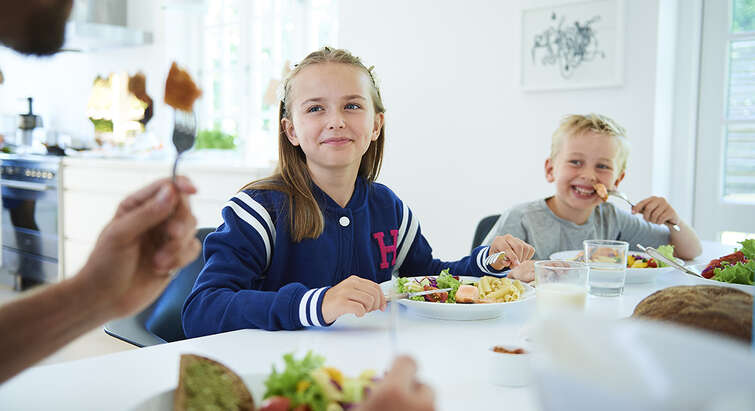
Families with children should have more greens on their plates
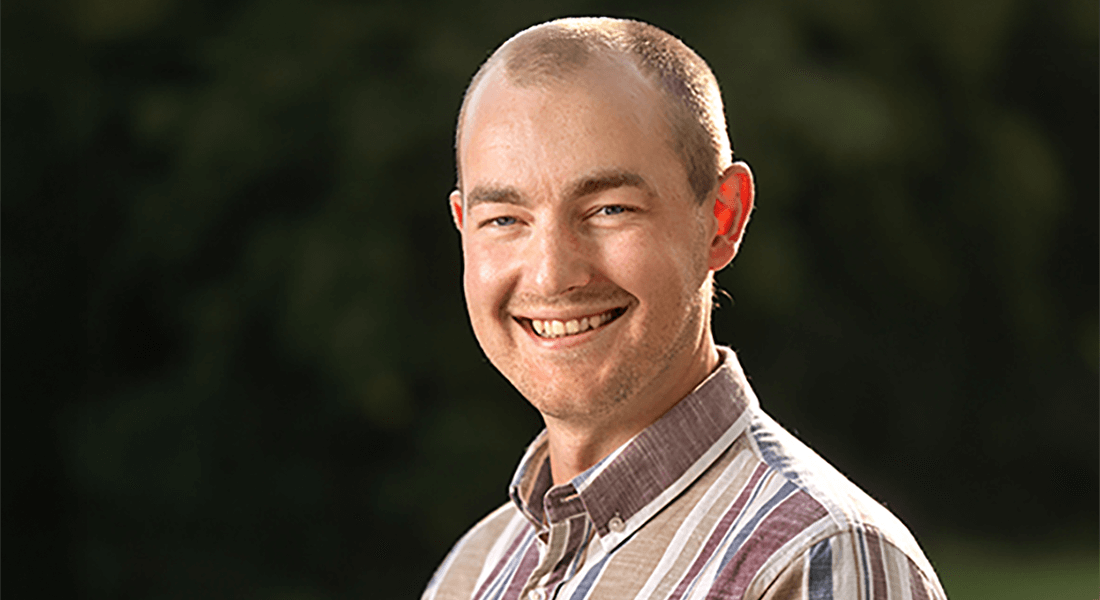
Lars Hvass is BRIDGE Fellow
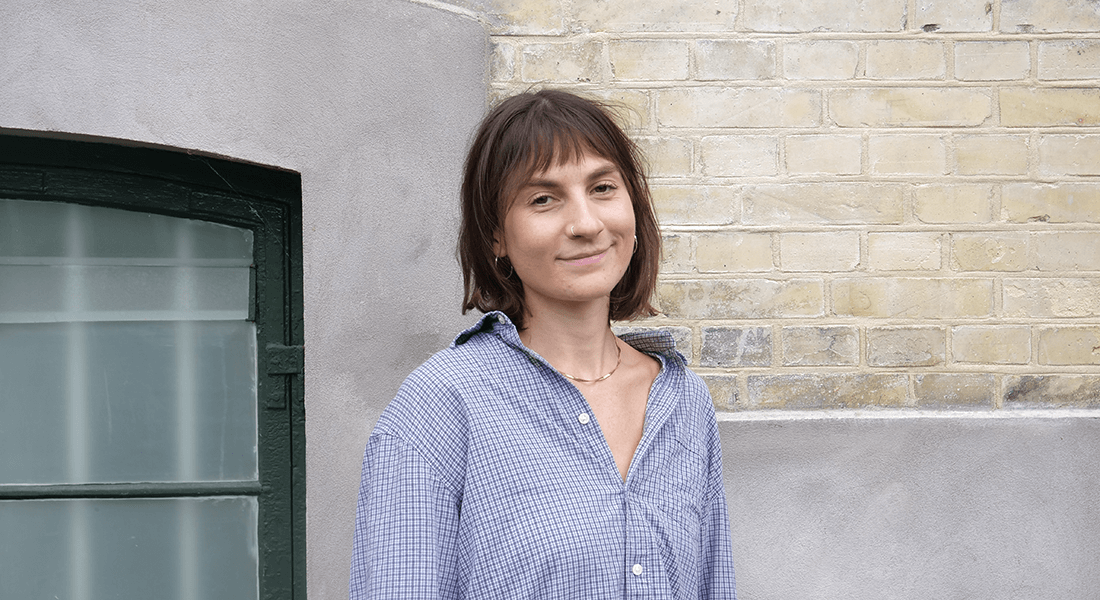
Ellie Edmond Shimmin: Reducing health inequities by strengthening the education of health professionals
New DFF grant to protect the most vulnerable – and promote health equity from the very beginning of life

CCS closing ceremony on August 18th 2025

Student voices shaping global health: Meet our Student Advisory Board

Webinar highlights: Tackling Mental Health Stigma Through E-Inclusion

Dalgaard N et al. Sci Rep 15: 34732, 2025

Researchers revive yoghurt made from... ants

Researchers revive yoghurt made from... ants
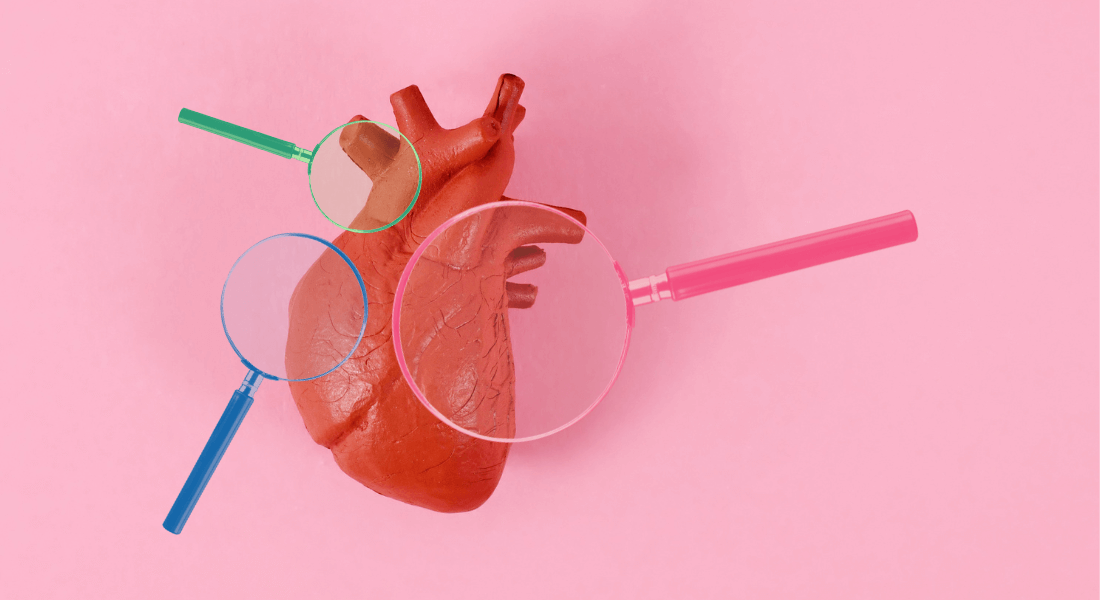
New method enables researchers to investigate the cause of heart diseases
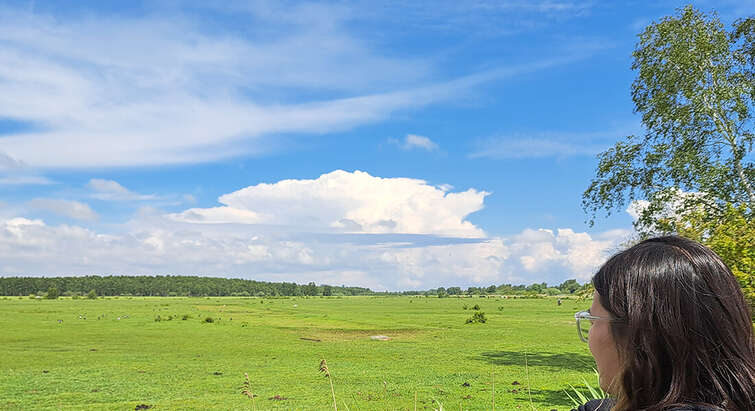
Nordfugl October 2025

Ilboudo H et al. Malar J 24: 297, 2025
